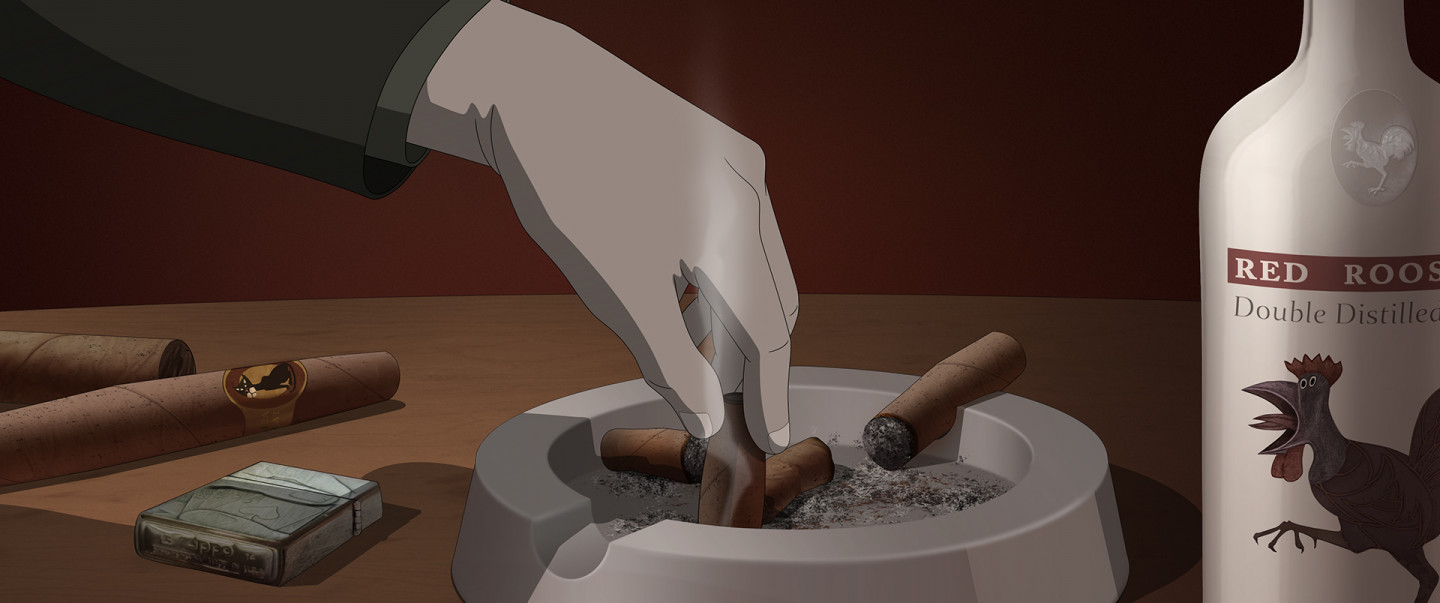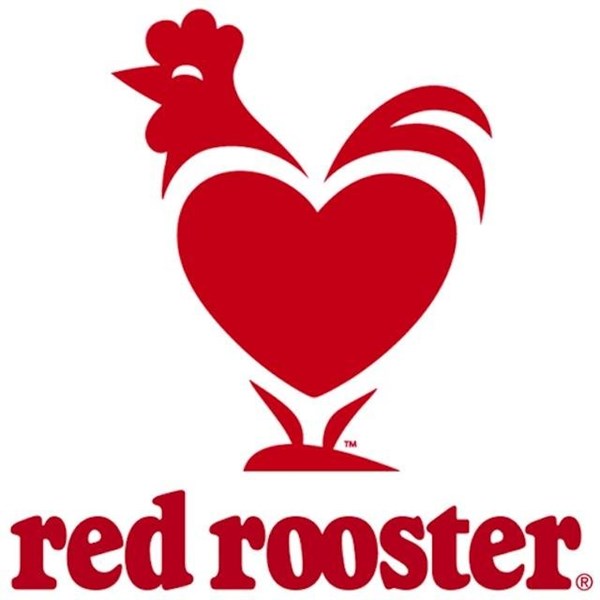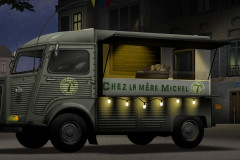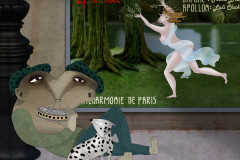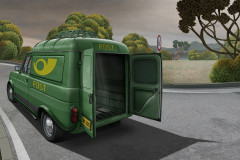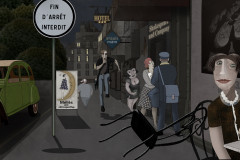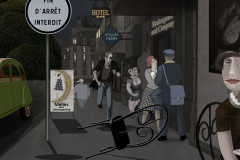Red Rooster-logó
Ha Ausztráliában élnénk, a Red Rooster lenne az a gyorsétteremlánc, ahova időnként becsábulnánk, vagy ahol nagy családi húsevést csapnánk egy jeles napon. A logója el is árulja a lényeget: a Red Rooster a csirkék kánaánja. Csak éppen a szárnyasok a grillezéstől kapják a piros színüket.
A Red Rooster igazi sikertörténetnek indult Ausztráliában: az 1972-ben alapított étteremláncnak mára 290 egysége működik arrafelé, franchise rendszerben. Márkaépítési szempontból azonban tanulságos, hogy miután az étteremlánc népszerűvé vált gyorsétteremként, pont a gyorséttermek csapdájába esett bele. Magyarán elkönyvelték közepes minőségű ételeket árusító, „nem jó, de legalább olcsó” helynek.
Ezért a márka komoly újragondoláson ment keresztül 2014-ben, ami nemcsak a logóban iruló-piruló kakasra vonatkozott, hanem az éttermek filozófiájára, receptjeire és a vállalati viselkedésre is. A legfontosabb fordulat az volt, hogy célcsoportot váltottak. Nem a kispénzű diákok és a magányosan csirkeszárnyat szopogató férfiak voltak többé a célcsoport, hanem megpróbálták családi étteremmé tenni a Red Roostert. A gyorsan bedobott kalóriák helyett a közösen eltöltött időre, az együtt étkező családra tették a hangsúlyt. Az ételekben is a minőség felé fordultak, és a kommunikációban is ezt emelték ki.
A Ruben Brandt, a gyűjtőben látható kakasminta a 2014-es rebranding eredményeképpen született logó vörös kakasára emlékeztet. Ironikus, hogy míg a Red Rooster új arculata a „Tender loving chicken” szlogent használja, addig a Ruben Brandt alkoholos palackján látható kakas se gyengédséget, se szeretet nem sugároz, hanem szemmel láthatóan támad vagy duhajkodva kárál.
Red Rooster Logo
If we lived in Australia, Red Rooster would be that fast-food chain we’d occasionally wander into—or where we’d hold a big family chicken feast on a special occasion. And the logo says it all: Red Rooster is a paradise for poultry lovers—though the chickens get their red color from the grill, not from happiness.
Red Rooster began as a true Australian success story. Founded in 1972, the chain now operates 290 locations across the country in a franchise system. But from a branding perspective, it’s telling that once the restaurant gained popularity as a fast-food outlet, it also fell into the fast-food trap—being dismissed as a place that served mediocre food that was “not great, but at least cheap.”
That’s why the brand underwent a major overhaul in 2014—an overhaul that went far beyond the logo’s blushing red rooster. The transformation included the restaurant philosophy, recipes, and even corporate behavior. The most important shift was a change in target audience. No longer aimed at low-budget students or lonely men gnawing on chicken wings, Red Rooster began repositioning itself as a family restaurant. The focus shifted from rushed calories to shared time and togetherness around a meal. The menu emphasized quality, and the brand’s communication followed suit.
The rooster design seen in Ruben Brandt, Collector resembles the red rooster logo born from the 2014 rebranding. Ironically, while Red Rooster’s new slogan is “Tender loving chicken,” the rooster on the liquor bottle in Ruben Brandt radiates neither tenderness nor love—it appears to be attacking or wildly crowing in drunken defiance.






